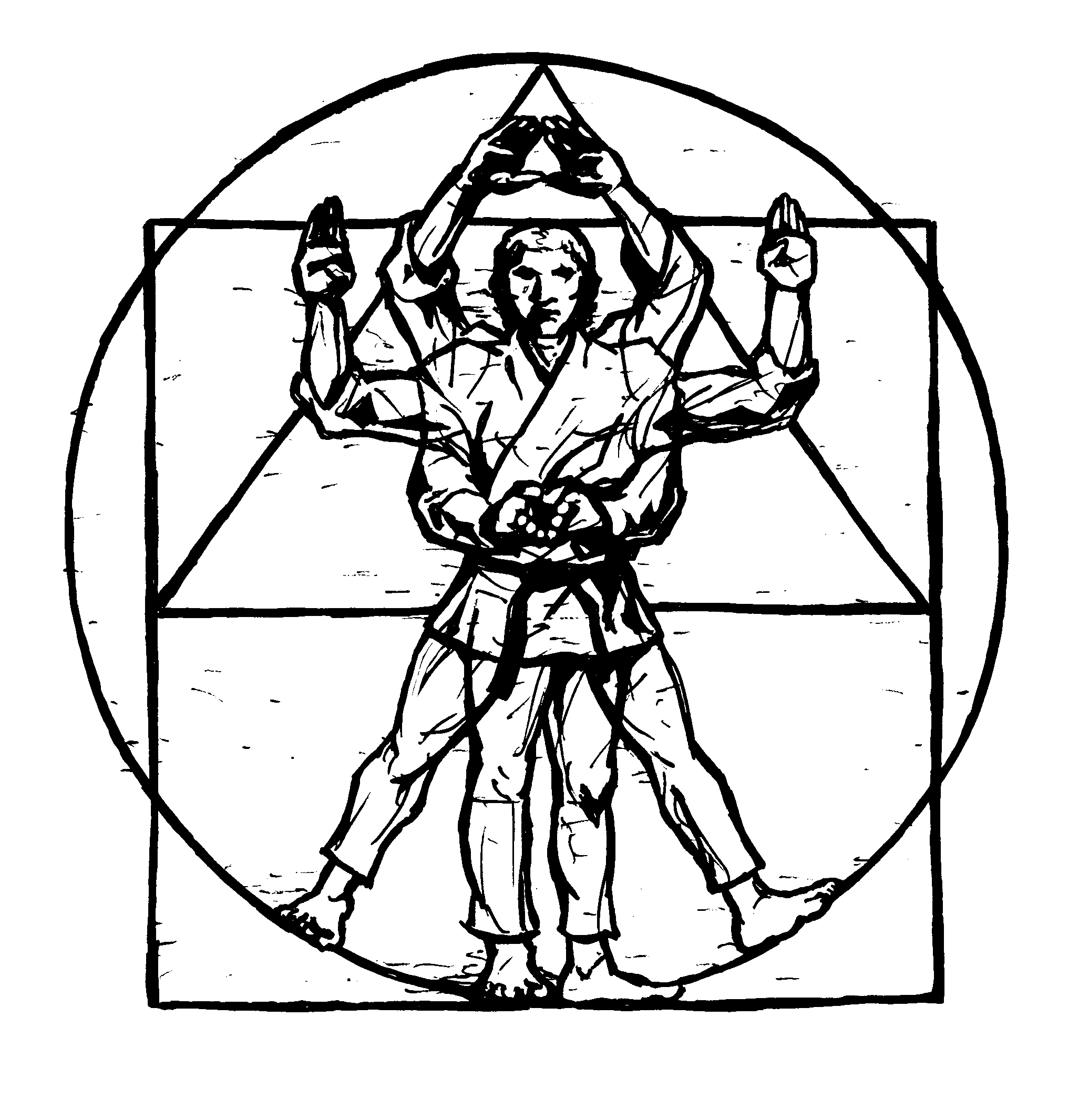Kata Wormholes
Most karateka spend a great deal of time learning and practicing kata, which is fitting, given that the kata are templates for the curriculum of karate, but as the art has morphed into a tradition-based art over the past century, the way that people train and practice kata has changed. As recently as the mid-20th Century CE, kata were regularly taught differently to […]











